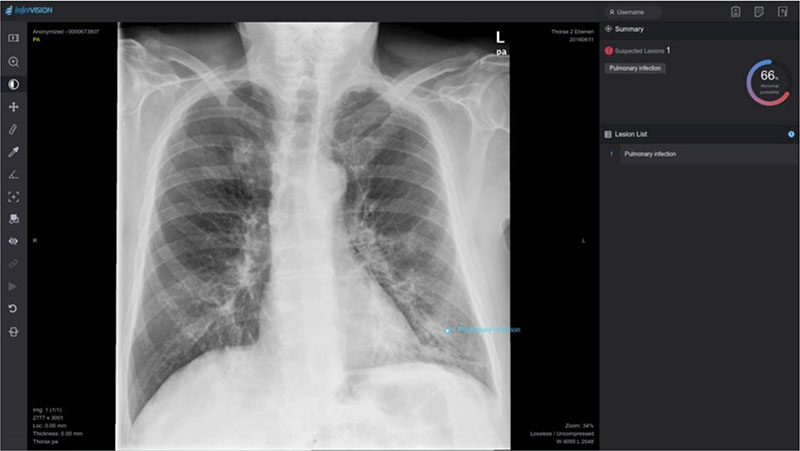Over the decades, radiology has repeatedly and rapidly integrated new technologies that had shortly before proven themselves in society. Examples with a major impact on the discipline were the adaptation of image intensification technology (television of the 1950s), as well as the introduction of digital imaging techniques and digital image distribution and storage systems (digital cameras and LAN parties in the 1990s/00s), which resulted in the development of the PACS. Today and in the future, algorithms for image analysis will play a major role. The principles for this often originate from facial recognition and image enhancement software, such as for smartphones. They were quickly made commercially available for radiology and are being evaluated for clinical operation in Greifswald in cooperation with industrial partners. The EU is funding a cross-border lecture project with Polish partners.
Involved Research Groups
Prof. Dr. Norbert Hosten
Institut für Diagnostische Radiologie und Neuroradiologie
Universitätsmedizin Greifswald
Projects
- Automated analysis of thoracic pathologies in X-rays using artificial intelligence: A commercial deep-learning-based software autonomously detects different thoracic pathologies and graphically highlights them for review by the radiologist. (F. Philipp Schweikhard, industry partner: global.infervision.com)

- MRI-based risk stratification for the occurrence of prostate carcinomas: Using neuronal networks, the prostate gland of male subjects of the SHIP and SHIP-TREND collective is automatically segmented in whole-body MRI and morphological abnormalities are identified. The aim of the study is to correlate these image findings with prostate cancer incidence and associated genetic and laboratory chemistry parameters in order to develop non-invasive MRI-based biomarkers for personalised risk assessment for prostate cancer incidence. (Charlie Hamm, industry partner: Chimaera.de)
- Early detection of ischaemic strokes using artificial neural networks in the native CT scan of the head. A commercial software serves as a construction kit for training own AI algorithms for the evaluation of radiological examinations, here of computer tomographies of the head, in order to diagnose strokes as accurately and early as possible. (Sascha Grothe, industry partner: global.infervision.com)
- Evaluation of artificial intelligence in X-ray chest reporting: interstitial lung disease: Using a commercial AI solution to compare the detection rate of interstitial lung disease with that of experienced physicians. (Laura Steiner,Industry partner: global.infervision.com)





